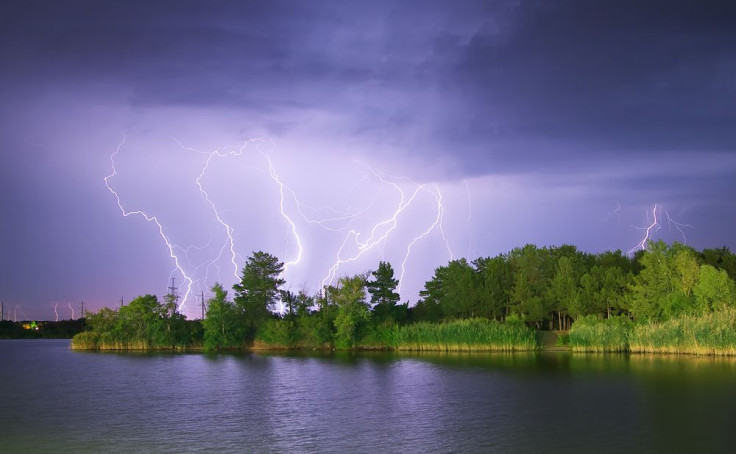
Venezuela's Catatumbo River, located in northwestern Venezuela in the state of Zulia, has set the Guinness Book of World Records for highest number of lightning per square kilometer per year. The region, which was named the "Lightning Capital of the World," receives a whopping 1.2 million lightning bolts every year, which breaks down to 3,600 lightning flashes per hour!
The entire process of earning the Guinness title began when environmentalist Erick Quiroga sent a bid to Guinness, after studying and charting the lightning for 17 years. Quiroga states that holding the world record "will have a big impact at a global scientific level, which is important for tourism in our country." And right he is! In addition to Catatumbo, only two other places have a similarly high number of lightning strikes per year: Singapore and the Democratic Republic of the the Congo (DRC) near the village of Kifuka. In fact, Kifuka previously held the world record for high number of lightning flashes with with 158 lightning strikes per square kilometer a year.
Venezuelan Vice President Jorge Arreaza and Zulia Gov. Francisco Arias Cardenas received the certificate last week from Guinness Book of World Records representative Johanna Hessling, reports Spanish news agency EFE. The country's tourism minister Andres Izarra has revealed that they will be promoting the region to be a tourist location, as there are few places in the world quite like it. In fact, according to the United States’ National Oceanographic and Atmospheric Administration (NOAA), the region has been used by sailors and fisherman as a navigation tool and the lightning has been dubbed the "Lighthouse of Maracaibo."
"The Catatumbo Lightning occurs in Venezuela over the mouth of the Catatumbo River as it enters Lake Maracaibo," wrote Guinness in an email to The Huffington Post. "This area receives almost 250 lightning flashes per square kilometer each year. Lightning happens up to 300 nights per year in displays that can last nine hours. In 2010 the lightning ceased from January to April, possibly due to effects from the El Niño/La Niña–Southern Oscillation."
© 2025 Latin Times. All rights reserved. Do not reproduce without permission.




